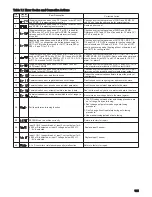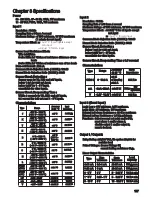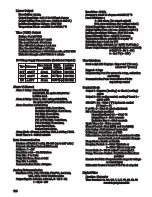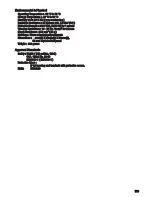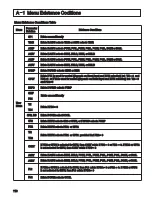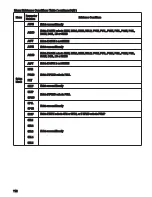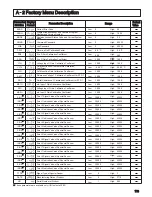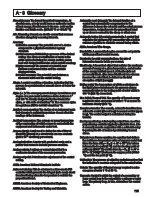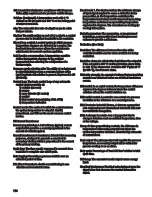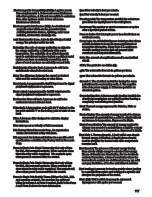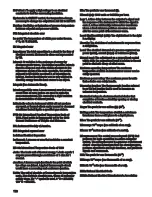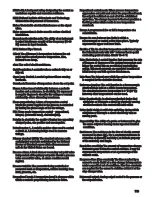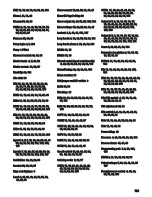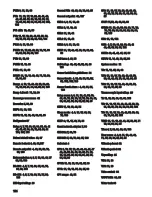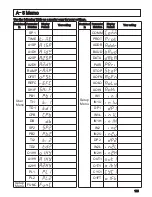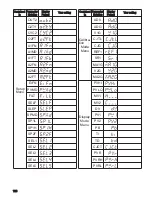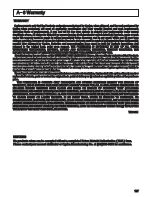
Proportional control mode: When process temperature
approaches set point and enters the proportional band,
the output is switched on and off at the established
cycle time. The change in power to the load provides a
throttling action which results in less temperature
overshoot.
Proportional control mode: When process temperature
approaches set point and enters the proportional band,
the output is switched on and off at the established
cycle time. The change in power to the load provides a
throttling action which results in less temperature
overshoot.
Ramp: A programmed rise or fail in temperature at a
constant rate.
Ramp: A programmed rise or fail in temperature at a
constant rate.
Range: An area between two limits in which a
measurement or control action takes place. Typically
expressed in upper and lower limits.
Range: An area between two limits in which a
measurement or control action takes place. Typically
expressed in upper and lower limits.
Rankine ( °R): An absolute temperature scale based upon
the Fahrenheit scale with 180 ° between the ice point
and boiling point of water. 459.69 °R=0 °F.
Rankine ( °R): An absolute temperature scale based upon
the Fahrenheit scale with 180 ° between the ice point
and boiling point of water. 459.69 °R=0 °F.
Rate (derivative): A control function that measures the rate
of increase or decrease of the system temperature and
brings the control into an accelerated proportioning
action. This mode prevents an overshoot condition at
initial heat-up and with system disturbances.
Rate (derivative): A control function that measures the rate
of increase or decrease of the system temperature and
brings the control into an accelerated proportioning
action. This mode prevents an overshoot condition at
initial heat-up and with system disturbances.
Rate time: The interval over which the system temperature
is sampled for the derivative function.
Rate time: The interval over which the system temperature
is sampled for the derivative function.
Reference junction: The cold junction in a thermocouple
circuit which is held at a stable known temperature.
The standard reference temperature is 0 °C (32 °F);
however, other temperatures can be used.
Reference junction: The cold junction in a thermocouple
circuit which is held at a stable known temperature.
The standard reference temperature is 0 °C (32 °F);
however, other temperatures can be used.
Relay (mechanical): An electromechanical device that
completes or interrupts a circuit by physically moving
electrical contacts into contact with each other.
Relay (mechanical): An electromechanical device that
completes or interrupts a circuit by physically moving
electrical contacts into contact with each other.
Relay (solid state): A solid state switching device which
completes or interrupts a circuit electrically with no
moving parts.
Relay (solid state): A solid state switching device which
completes or interrupts a circuit electrically with no
moving parts.
Repeatability: The ability of a probe or instrument to give
the same output or reading under repeated identical
conditions.
Repeatability: The ability of a probe or instrument to give
the same output or reading under repeated identical
conditions.
119
Process variable: The parameter being controlled or
measured such as temperature, relative humidity, flow,
level, pressure, etc.
Process variable: The parameter being controlled or
measured such as temperature, relative humidity, flow,
level, pressure, etc.
Proportional band: A temperature band in degrees within
which a control's proportioning function is active.
Proportional band: A temperature band in degrees within
which a control's proportioning function is active.
Process alarm: A fixed alarm or secondary set point value
independent of the primary set point. Should a process
value exceed this value, an alarm condition would
register.
Process alarm: A fixed alarm or secondary set point value
independent of the primary set point. Should a process
value exceed this value, an alarm condition would
register.
NEMA 4X: A front panel rating designating the control as
washdown capable and corrosion resistance.
NEMA 4X: A front panel rating designating the control as
washdown capable and corrosion resistance.
Noise: Undesirable electrical interference on the signal
wires.
Noise: Undesirable electrical interference on the signal
wires.
Noise suppression: A device used to reduce electrical
interference.
Noise suppression: A device used to reduce electrical
interference.
NIST: National Institute of Standards and Technology,
United states Department of Commerce.
NIST: National Institute of Standards and Technology,
United states Department of Commerce.
Normal-mode rejection ratio: The ability of an instrument
to reject interference usually of line frequency (50-60
Hz) across its input terminals.
Normal-mode rejection ratio: The ability of an instrument
to reject interference usually of line frequency (50-60
Hz) across its input terminals.
Offset: The difference in temperature between the set
point and the actual process temperature. Also,
referred to as droop.
Offset: The difference in temperature between the set
point and the actual process temperature. Also,
referred to as droop.
On/off controller: A controller whose action is fully on or
fully off.
On/off controller: A controller whose action is fully on or
fully off.
ohm: The unit of electric resistance.
ohm: The unit of electric resistance.
Open Loop Control: A control system with no sensing
feedback.
Open Loop Control: A control system with no sensing
feedback.
Overshoot: Excursion of temperature above the set point.
Overshoot: Excursion of temperature above the set point.
Phase: A time-based relationship between a periodic
function and a reference. In electricity, it is expressed
in angular degrees to describe the voltage or current
relationship of two alternating waveforms.
Phase: A time-based relationship between a periodic
function and a reference. In electricity, it is expressed
in angular degrees to describe the voltage or current
relationship of two alternating waveforms.
Phase proportioning: A form of temperature control
where the power supplied to the process is controlled
by limiting the phase angle of the line voltage.
Phase proportioning: A form of temperature control
where the power supplied to the process is controlled
by limiting the phase angle of the line voltage.
PID: Three mode temperature control
proportional,
integral, (automatic reset), derivative(rate).
PID: Three mode temperature control
proportional,
integral, (automatic reset), derivative(rate).
Polarity: In electricity, the quality of having two oppositely
charged poles, one positive and one negative.
Polarity: In electricity, the quality of having two oppositely
charged poles, one positive and one negative.
Potentiometer: 1. A variable resistor often used to control
a circuit. 2. A balancing bridge used to measure
voltage.
Potentiometer: 1. A variable resistor often used to control
a circuit. 2. A balancing bridge used to measure
voltage.
Primary standard (NBS): The standard reference units
and physical constants maintained by the National
Bureau of Standards upon which all measurement
units in the United States are based.
Primary standard (NBS): The standard reference units
and physical constants maintained by the National
Bureau of Standards upon which all measurement
units in the United States are based.
NPT: National Pipe Thread.
NPT: National Pipe Thread.
Resolution sensitivity: The amount of temperature change
that must occur before the control actuates. It may be
expressed in temperature or as a percentage of the
control's scale.
Resolution sensitivity: The amount of temperature change
that must occur before the control actuates. It may be
expressed in temperature or as a percentage of the
control's scale.
Retransmit output: Analog output scaled to the process or
the set point value.
Retransmit output: Analog output scaled to the process or
the set point value.
Resistance: The resistance to the flow of electric current
measured in ohms (
). For a conductor resistance is
a function of diameter, resistivity ( an intrinsic property
of the material ) and length.
Resistance: The resistance to the flow of electric current
measured in ohms (
). For a conductor resistance is
a function of diameter, resistivity ( an intrinsic property
of the material ) and length.
Response time (Time constant): The time required by a
sensor to reach 63.2% of a step change in temperature
under a specified set of conditions. Five time constants
are required for the sensor to stabilize at 99.3 % of the
step change value.
Response time (Time constant): The time required by a
sensor to reach 63.2% of a step change in temperature
under a specified set of conditions. Five time constants
are required for the sensor to stabilize at 99.3 % of the
step change value.

